Looking for a simple explanation of Buyside vs Sellside firms? You’ve come to the right place! In this article, you’ll learn about the roles played by Buyside and Sellside firms and how they interact with one another.
TL;DR
- The Buyside consists of Public and Private Market investment firms that ‘buy’ investments to generate returns on behalf of their investors.
- Public Market Investors typically consist of Long-Only (Mutual Fund) and Long/Short (Hedge Fund) firms.
- Private Market Investors typically consist of Venture Capital, Growth Equity and LBO firms.
- The Sellside consists of Investment Banks (IB) that ‘sell’ advisory and capital raising services to Buyside Investors and Companies.
Want To Learn More About Finance?
Check out all of our (free) deep-dive articles in our Analyst Starter Kit:
Introduction
Let’s face it, the world of top-tier finance can be incredibly confusing to newcomers.
In my experience, most people who work in finance can’t really explain what they do to their families. For outsiders, it’s even harder to figure out all of the different roles and moving pieces in this world.
We’ve put together this article (and video) to try to help bring some clarity to your understanding of the key players in finance and to offer a simple explanation of what they do. Maybe some of our friends can finally explain to their families what they actually do after watching this! 😊
In the article below, we’ll go a bit deeper into each component described in the video.
Now, let’s dive a little deeper than we did in the video!
First, after learning about Investment Banking and Private Equity, you’ll likely hear the terms Buyside and Sellside. Often, you’ll hear these terms in conversation without any explanation of the differences between Buyside vs Sellside firms. Let’s try to clear all of this up!

Buyside Quick Review

Broadly speaking, the Buyside consists of firms that take in capital from investors and aim to generate a return. In exchange, the investors pay a fee to these firms. The fee is usually based on a percentage of the money the firm manages and/or the profit generated. These firms ‘buy’ on behalf of their investors and are thus called the ‘Buy’-side.
There are two types of Buyside firms: Public Market Investors and Private Market Investors.
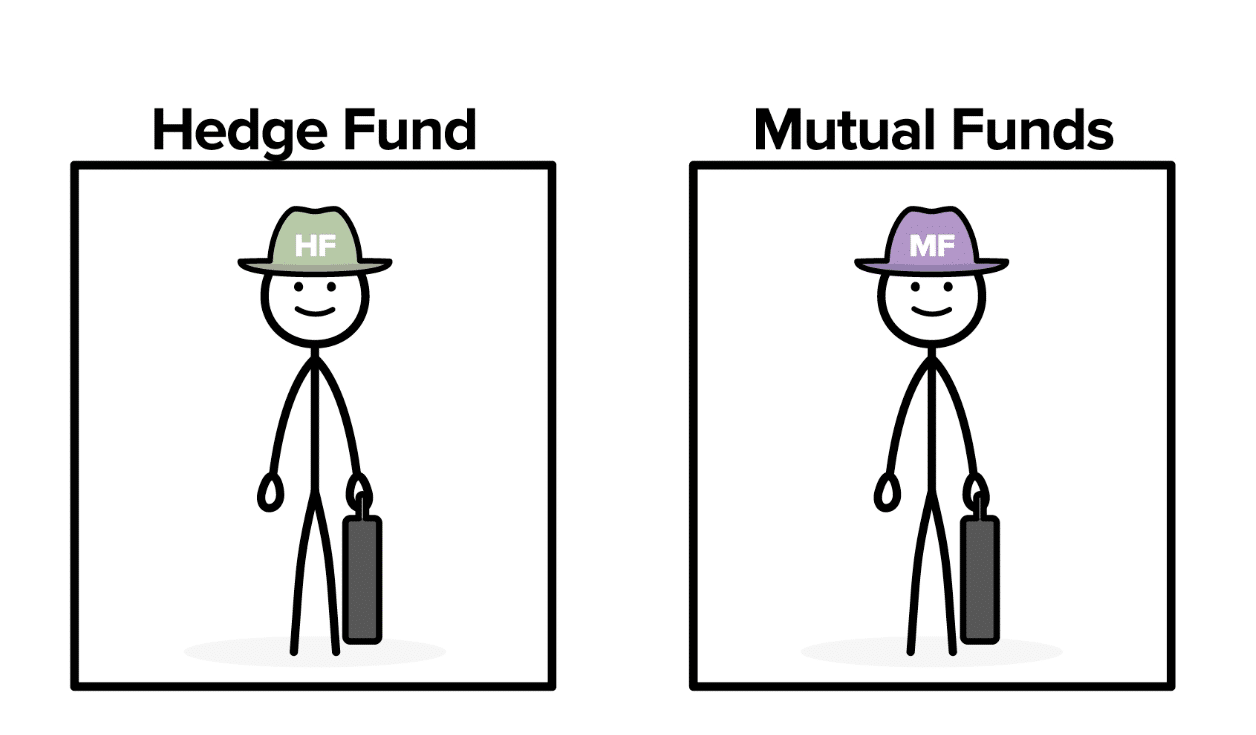
Public Market Investors
Public Market Investors buy and sell publicly traded ownership interests in companies (aka Equity or Stock) and/or traded debt instruments (Loans and Bonds). For more on Stocks vs Bonds, check out our World of Finance #1: Stocks vs Bonds article.
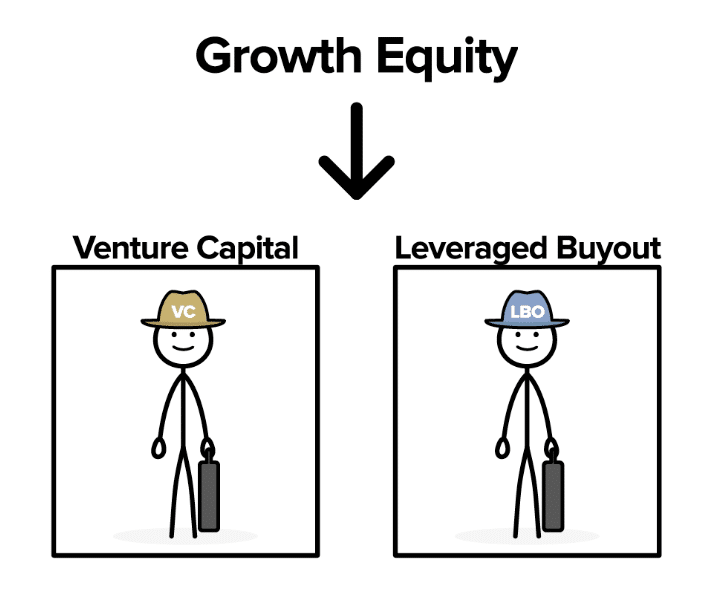
Private Market Investors
Private Market Investors (broadly called ‘Private Equity’) buy and sell ‘Private’ interests in companies ranging from small stakes to full company ownership.
Sellside Quick Review
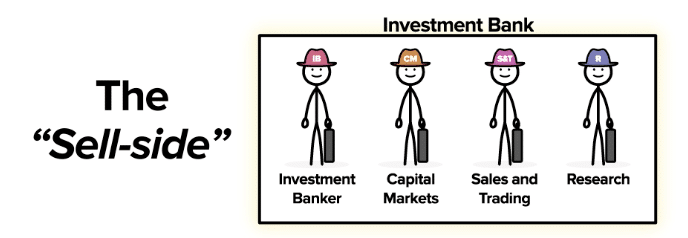
Investment Banks, on the other hand, provide a variety of services that enable Buyside (and Company) transactions to occur. In the World of Finance #4 article in this series, we explore the services they provide in more detail. For now, let’s focus on the four major functions of an Investment Bank.
Within a bank, the Investment Banking division typically offers advisory services for Mergers & Acquisitions and Restructuring; and with the support of Capital Market teams, helps companies raise Debt and Equity capital.
Most banks also have a Sales & Trading division that executes the purchase and sale of securities for their clients in the Equity (aka Stock) market as well as the Debt (aka Credit) market. Finally, Investment Banks offer advice to Buyside investors through their Research divisions to help Buyside investors in their investment decision-making process. As a whole, Investment Banks ‘sell’ all of these services and as a result are called the ‘Sell’-side.
But…but…but, I know of this one firm that doesn’t fit what you said here!
Before I get thousands of hate-mail letters, yes…the above is a simplification (although not much of one) and so yes there are tons of exceptions, such as Boutique Investment Banks that don’t raise Debt or Equity, and firms that only offer research. We’ll actually elaborate on these topics later, but let’s just keep it simple for now and build from there. 😊
Buyside – Intro to Private Market Investors
Let’s begin our discussion with an exploration of the various types of Private Market Investors. These firms take in capital from investors and make investments by buying all or part of a business. The end goal is to generate a return when they sell (liquidate) that investment down the road.
The three major categories of Private Market Investors are: Venture Capital, Growth Equity, and Private Equity.
Private Market Investor #1: Venture Capital
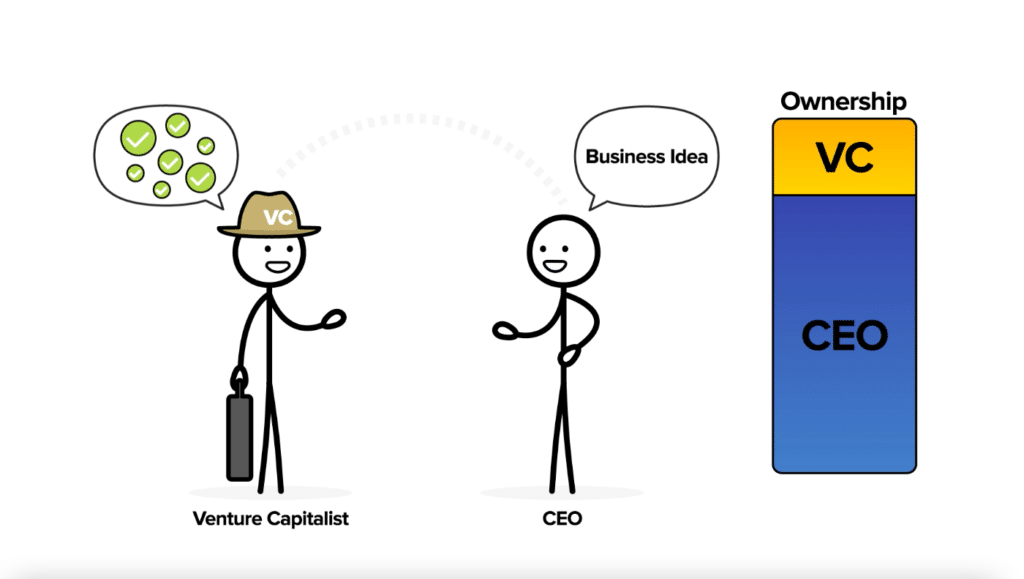
Venture Capitalists (VC’s) provide funding to back new companies to help them prove out their business idea. In a typical deal, a VC takes a small (or ‘Minority‘) ownership stake which typically ranges from 10-25% of the company.
The end goal for the VC’s investment is for the business to either be sold or go public so the Venture Capital firm can generate a return for their investors.
Private Market Investor #2: Growth Equity
Once a business idea has been proven out, a company will typically approach Growth Equity Investors. Money from Growth Equity Investors will help the business grow (i.e., scale) as rapidly as possible.
For example, a business might have an idea for a software platform but needs to try it out with a few early (‘Beta’) testers. If the feedback is strong, they’ll need significant resources (coding, marketing, management, etc.) to grow rapidly.
Growth Equity provides the capital that enables this growth (again ‘scaling‘ in finance-speak) to occur.
A ‘Series’ of Confusing Names
If you’ve read about this area of finance in the past, you may have heard terms like Angel Investing, Seed Round or Series A, Series B, Series C, etc. We’ll dig into these terms in a later article but, for now, just understand that nearly all of these represent a type of VC or Growth Equity investment.
Private Market Investor #3: LBO…errr…‘Private Equity’

Finally, once businesses mature, Leveraged Buyout (LBO) investors will step in. LBO investors typically buy the entire business (called a ‘Controlling‘ stake) and pay for the business with a combination of debt and cash (similar to the funding for a home purchase). Because they buy the entire business, these firms are also called ‘Buyout’ Funds.
Ultimately, the goal of the LBO fund is to make improvements in the business and to help it grow, so the fund can sell the business down the road to generate a return for investors.
Note that all Venture Capital, Growth Equity, and LBO Investors are technically Private Equity.
However, folks in the industry have made the terms Private Equity and PE synonymous with LBO firms.
So, if someone tells you they work in ‘Private Equity’, they are likely assuming that you know that this means LBO (aka Buyout) fund. For more on the distinctions between Venture Capital, Growth Equity, and Private Equity, check out the World of Finance #3 article.
‘Blurred Lines’ in Finance
A quick clarification here is that the lines between VC, Growth Equity, and LBO are very blurry. Many VC funds extend into Growth Equity (and vice versa). And there are LBO Funds that make Growth-Equity style investments (and vice versa). But as a mental anchor, these three distinctions are a solid foundational starting point.
Buyside – Intro to Public Market Investors
Now let’s switch gears to public market investors. These investors similarly take investor capital and aim to generate a return in exchange for fees. The big difference here is that these investors buy units of ownership (either Shares of Stock or Units of Debt) with a goal of selling them later for a higher price (and possibly collecting some cash flow along the way).
We could write a whole article (coming soon!) on the ins and outs of the different types of public market investors but, for now, let’s keep it simple.
Long Only vs Long/Short
Broadly speaking, there are two types of Public Market Investors: Long-Only and Long/Short. Before we move ahead, let’s explain what the terms Long and Short mean in this context.
Going Long is what you’d think of as a typical Stock purchase in your brokerage or retirement account. When you buy a stock at a certain price, you make money when it goes up in value and you sell. If it goes down in value when you sell, you lose money.
Going Short is just the opposite. We’ll explore the mechanics of this in a later article, but let’s keep it high-level here. When you Short, if the stock goes down when you exit your position, you make money. If it goes up when you exit, you actually lose money.
Long-Only Investors only buy and sell stocks in the traditional manner. By contrast, Long/Short Funds (aka Hedge Funds) hedge their Long Investments by also going Short.
Public Market Investor #1: Long-Only
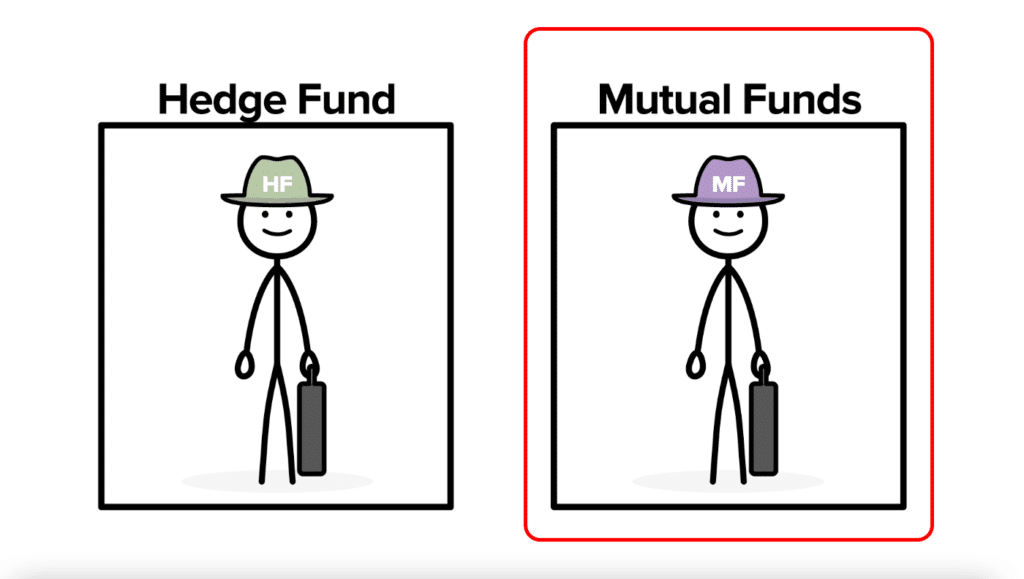
The most common type of Long-Only Investor is a mutual fund. Mutual Funds (like Fidelity, T Rowe Price, etc.) collect capital from investors and buy either Shares of Stock (Equity Funds) or Debt (Bond Funds or Debt Funds).
If the firm invests in Stocks, they collect cash flows (Dividends for Stocks and Interest for Bonds) and then the investors aim to sell the Stock or Bond again.
However, Bond investors can also wait until the bond comes due (Matures), and then the borrower of the Bond is required to pay back the full value (Principal or Face Value) of the bond that was originally borrowed.
Whether a fund is Equity or Debt-focused, they are all doing the same thing – aiming to generate a return for their investors.
Public Market Investor #2: Long/Short
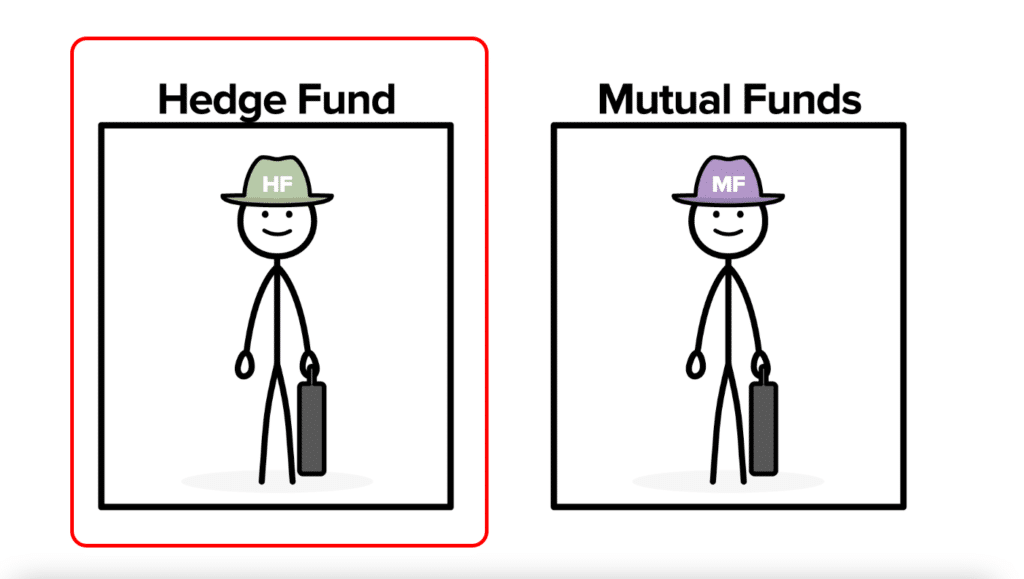
In a sense, Long/Short Funds are very similar to Long-Only Funds. The big difference is that, in addition to buying with the traditional Long approach, they also simultaneously go Short.
We’ll explore this all in more detail in a future article, but the idea behind this is that you can Hedge out the day-to-day fluctuations (or Volatility) in the market and still achieve attractive returns.
Now that we’ve covered the investors, we can begin to see the distinctions between Buyside vs Sellside. Let’s now explore the Sellside!
Flipping to the Sellside
As we mentioned in the video, Investment Banks (IB) are called the Sellside. These firms offer a variety of services that help Buyside Investors execute transactions. Investment Banks also sell Advisory (M&A and Restructuring) and Capital Raising (Debt and Equity) services to large corporate companies.
IB Division #1: Investment Banking
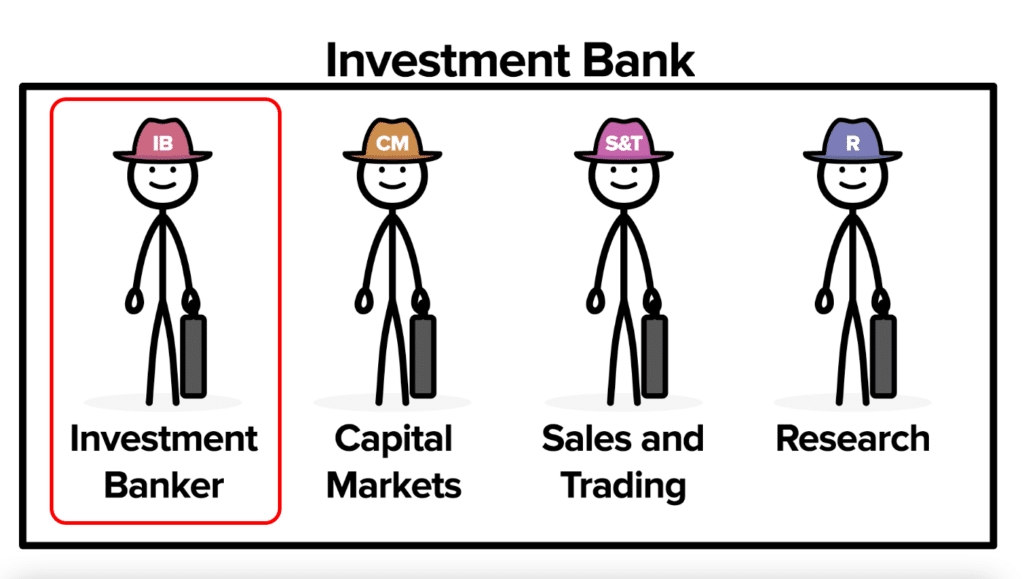
The first group under Investment Banks is simply called Investment Banking. Professionals in this division offer advisory services to help clients execute the purchase or sale of a company (or Mergers & Acquisitions).
There is also a group called Restructuring that can help if you are in financial distress. Investment Banking can also help clients raise both Equity and Debt Capital with the help of the next group, Capital Markets.
IB Division #2: Capital Markets
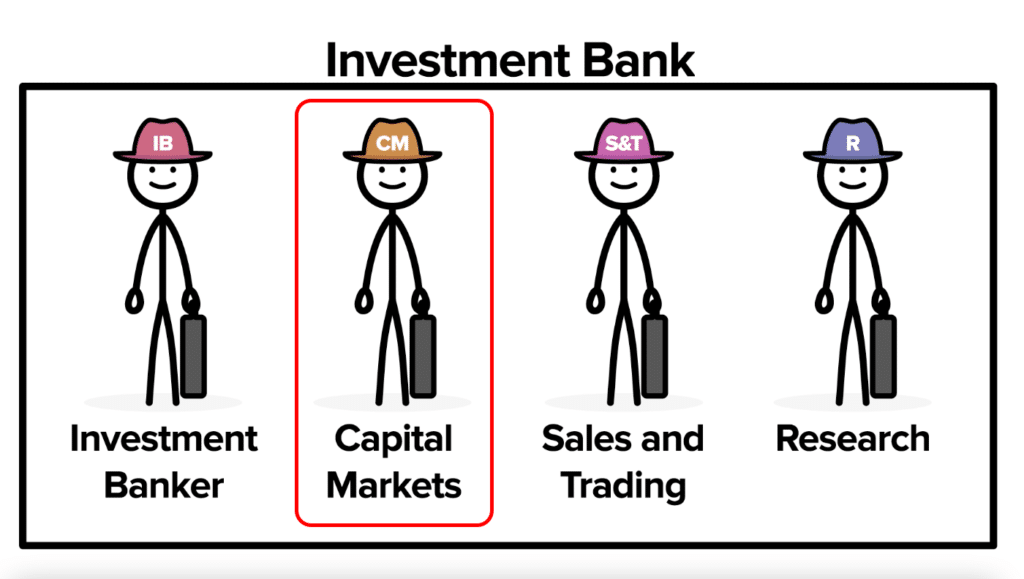
If a client wants to raise capital, another group steps in called Capital Markets. As a matter of technicality, these bankers usually work within Investment Banking but perform a different function from what was mentioned above. Capital Markets bankers are the direct contacts with potential investors and lenders during a capital raise.
For example, let’s say a client wants to raise new Debt Capital. They’ll likely have direct contact with someone in core Investment Banking. That person will coordinate with a Capital Markets banker (or bankers) to pitch the client company’s story to the market and take in offers to invest or lend capital.
IB Division #3: Sales and Trading
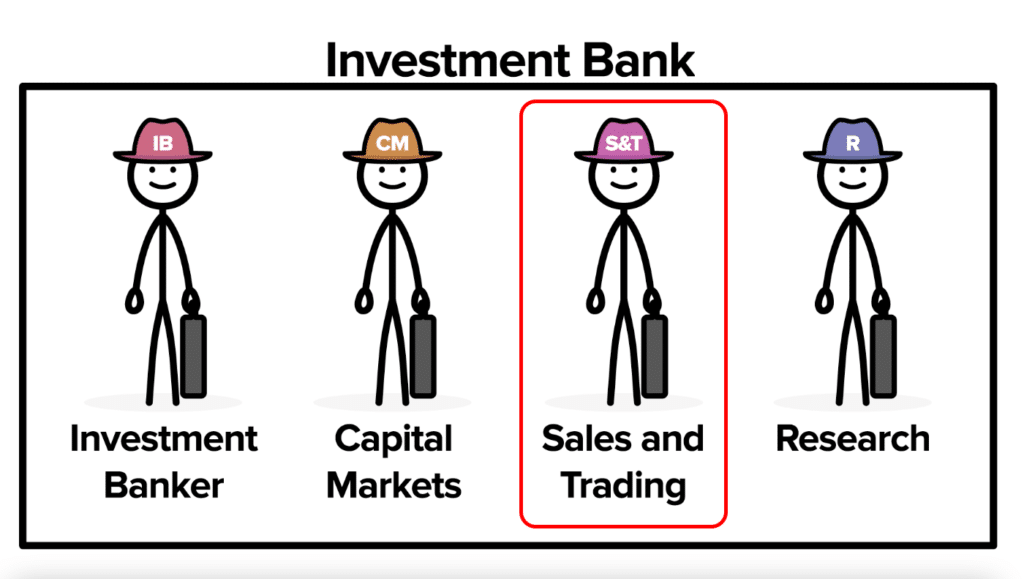
Sales and Trading (‘S&T’) allows large (aka Institutional) clients of a bank to execute transactions for traded debt and equity securities. In the video, we simplified a bit since Sales and Trading offers a variety of additional services, including derivative securities and foreign currency (‘FX’) transactions. But again, let’s keep it simple for now. The short story here is that when large Long-Only or Long/Short Investors want to buy or sell, they work with the Sales and Trading division to execute their transactions.
IB Division #4: Research
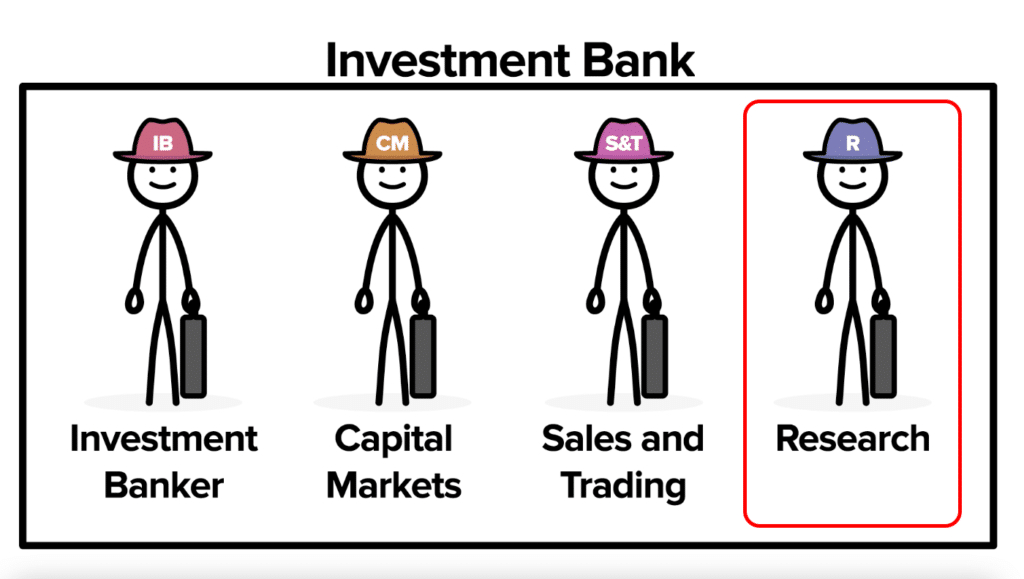
The last division to explore is Research. In this division, a bank employs Research Analysts to research companies across the entire economy and to provide their view in Research Reports and financial analysis (aka Estimates) on the company. Research Analysts can help Long-Only and Long/Short Investors learn about the latest happenings with a company and whether an investment is attractive or unattractive.
Wrap-Up: Buyside vs Sellside
Let’s go back to the short and simple explanations of Buyside vs Sellside…
The Buyside consists of firms that ‘buy’ all or part of a company on behalf of their investors with the goal of generating a return. In return for generating these returns, the investors pay fees to the Buyside firms.
There are both public and private market Buyside investment firms. Public Market Investors are Hedge Fund and Mutual Fund Investors, who invest in the Equity Market and/or the Credit Market. Private Market Investors, on the other hand, consist of Venture Capital (VC) Fund, Growth Equity Fund, and Leveraged Buyout (LBO) Investors These investors purchase private interests in companies ranging from small stakes to purchases of entire businesses.
On the Sellside…the Investment Bank is the central player, with four key divisions: Investment Banking, Capital Markets, Sales and Trading, and Research. Each division provides different services ranging from transaction execution services for public market investors to advisory and capital raising services for large corporate companies.
And there you have it! Hopefully, we’ve clarified the meaning of the terms Buyside vs Sellside and the roles played by the various firms within each group.
If you found this article helpful and would like to learn more, check out the entire World of Finance series.
Let us know if you have any comments or questions below. We love to hear your feedback!
We hope you found this article helpful and would love to answer your questions (or hear any comments) in the section below. We’d love to hear from you!
About the Author

Mike Kimpel is the Founder and CEO of Finance|able, a next-generation Finance Career Training platform. Mike has worked in Investment Banking, Private Equity, Hedge Fund, and Mutual Fund roles during his career.
He is an Adjunct Professor in Columbia Business School’s Value Investing Program and leads the Finance track at Access Distributed, a non-profit that creates access to top-tier Finance jobs for students at non-target schools from underrepresented backgrounds.

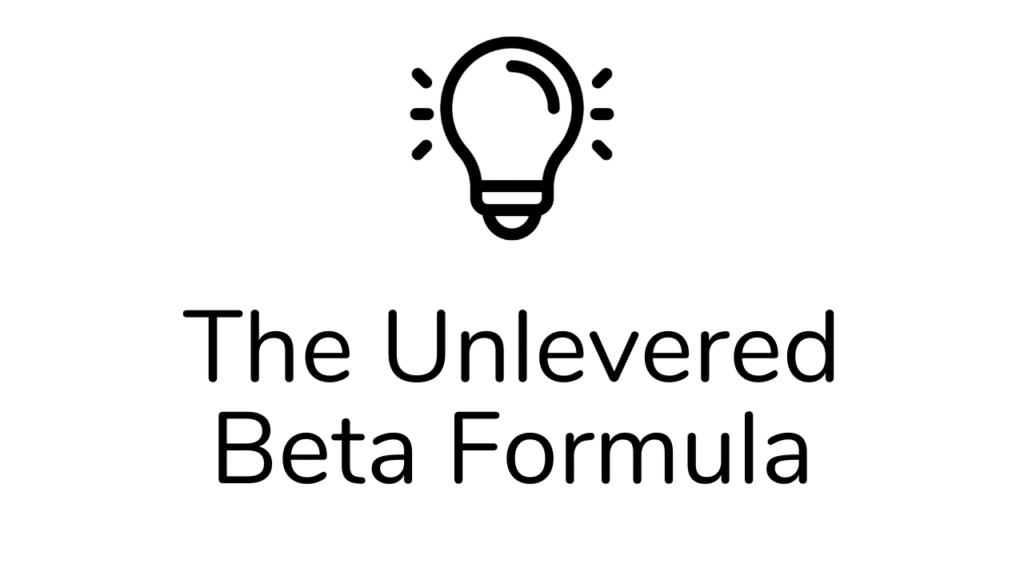
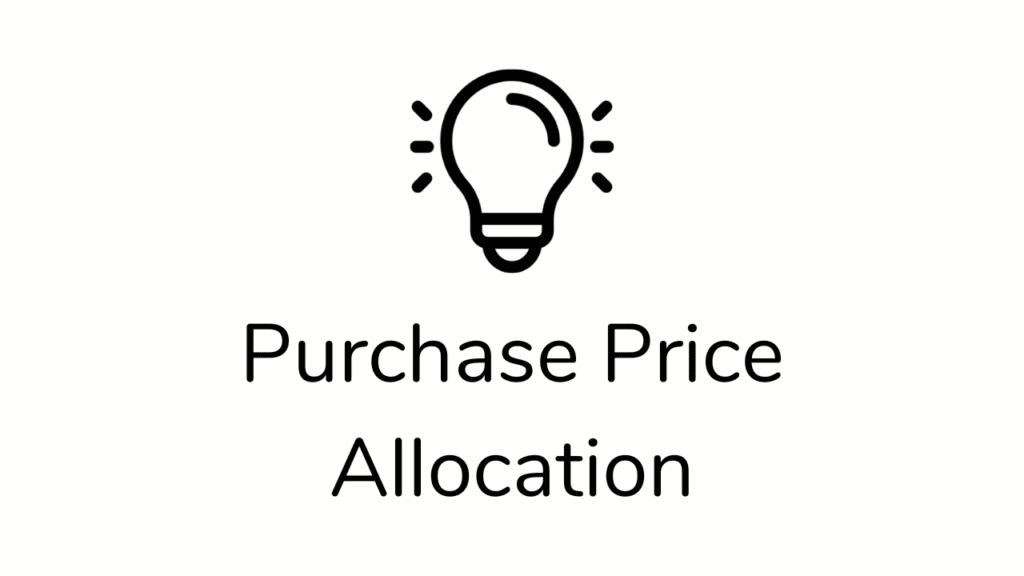


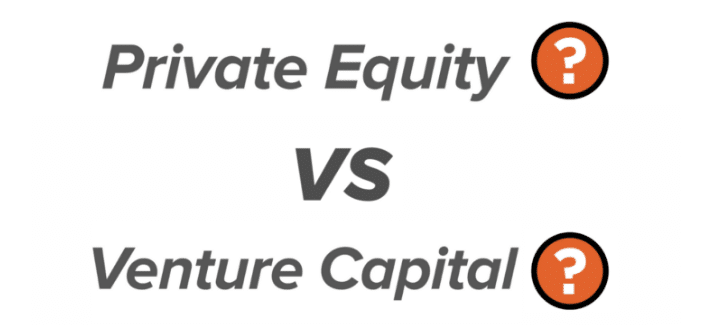

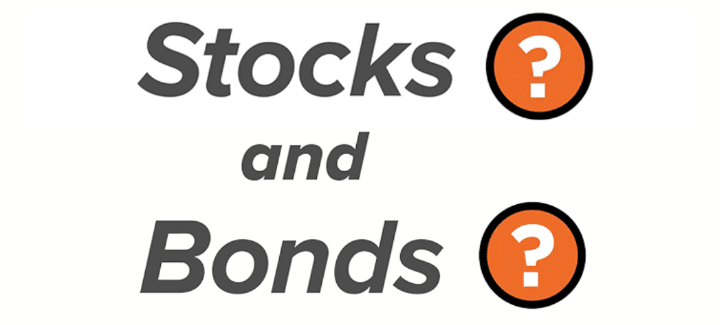
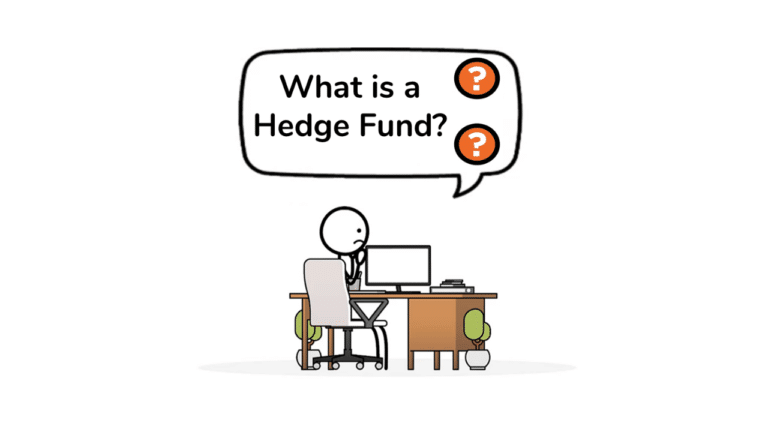

2 Comments